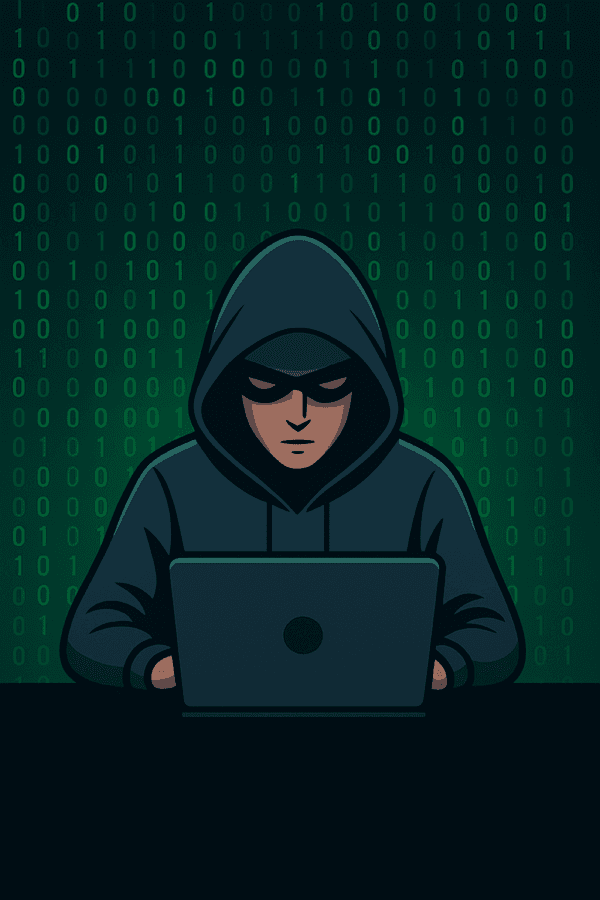How to Protect Your Devices Against Hackers

The Most Common Hacker Methods
There are many ways a hacker can attack, but the three most common families are:
- Exploits
- Sniffing Data
- Social Engineering
Let’s explore each of them and learn how to stay protected.
1. Exploits
Exploits are vulnerabilities in your device or software.
- Old devices: If your device is more than 5 years old, it may no longer receive security updates, making it vulnerable.
- New devices: Even newer devices can have vulnerabilities, but updates usually fix them. That’s why installing updates is essential.
How to Protect Yourself:
- Keep your device and apps updated.
- Check if your device is still officially supported.
- Avoid using outdated operating systems.
2. Sniffing Data
Sniffing is when a hacker intercepts information you send online, like passwords or personal details.
- This mainly happens on websites using HTTP instead of HTTPS.
- HTTP websites are NOT ENCRYPTED meaning your password is sent in plain text and can be stolen.
How to Protect Yourself:
- Only enter personal data on websites with HTTPS. Example: https://manuelcrispino.dev is secure.
- Avoid sharing information on HTTP websites. Example: http://website.com is not secure.
- Pay attention: modern browsers warn you when a site is “Not Secure.”
3. Social Engineering
Social engineering is the most common and dangerous method hackers use.
Instead of breaking into your device, they trick you into giving them access.
- Hackers often send fake emails, messages, or QR codes.
- They create urgency or fear, making you click without thinking.
Real-Life Examples:
- I once received a message while registering on a freelancing site. It came from “support” and asked me to scan a QR code to confirm my payment method. It looked real, but I knew it was suspicious and reported it.
- A friend got a message from his “bank” saying his card was blocked, with a link to click. It was a scam.
How to Protect Yourself:
- Never click suspicious links in emails, SMS, or WhatsApp messages—even from friends.
- Don’t download unknown attachments (PDFs, ZIP files, etc.).
- Remember: banks and official providers will never ask you to verify details via link or QR code.
- If in doubt, contact your provider or bank directly through official channels.
Extra Security Tips
For stronger protection, adopt these practices:
- Use strong/unique passwords for every account.
- Enable two-factor authentication (2FA).
- Keep regular backups of important files.
- Use trusted antivirus and firewall software.
- Be careful with IoT devices like smart TVs/cameras/and smart assistants.
Conclusion
Hackers rely on human mistakes more than anything else.
By keeping your software updated, avoiding insecure websites, and staying alert to suspicious messages, you can protect your money, your personal data, and your privacy.
Stay safe, stay smart, and always think twice before you click.
